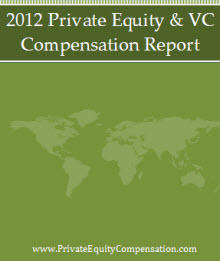Once considered to be a fairly standard provision included in a venture capital term sheet, “pay-to-play” has become a point of contention for some investors who may not view a particular deal through the same long term lens as their investor partners. As the size and scope of deals expand, requiring the formation of syndicates in multi-round financing, pay-to-play provisions are incorporated into the term sheet to ensure that investors’ interests are aligned. Essentially, they are designed to encourage the investors in a deal to provide continuous pro-rata support for the company in the down rounds. Investors, who decline to participate, will see their preferred stock position subordinated to any new investors who join the financing. So, who are the real winners and losers when pay-to-play is invoked?
Unquestionably, the company benefits from a pay-to-play provision as it removes much of the uncertainty of future financing and allows management to focus on growth and profits. When a company meets or exceeds expectations thereby attracting more investor interest in future rounds, the provision is sometimes waived, and, all if well for the both the company and all original investors.
management to focus on growth and profits. When a company meets or exceeds expectations thereby attracting more investor interest in future rounds, the provision is sometimes waived, and, all if well for the both the company and all original investors.
Generally, pay-to-play benefits all original investors so long as their commitment to the deal remains unchanged. The provision gives investors the assurance that there will be no snags in future financing rounds and it protects their preferred position from share dilution when new investment capital is raised.
But, for investors with shorter outlooks or a change of heart, pay-to-play becomes a punitive measure that acts to marginalize their investment and the risk they undertook. In his case against pay-to-play, Mike Kane of Pour Richard’s Symposium points out that there could be many reasons why original investors might not be able to participate in future rounds, such as capital constraints. His more pointed argument against pay-to-play is directed the possibility of locking investors.
He makes his strongest argument in linking pay-to-play with the “moral hazard” of incentivizing poor management and dragging reluctant investors down with the company. In his analysis, the inclusion of pay-to-play in the term sheet is an indication that a company lacks sound management. While that may be debatable, it is not inconceivable that the provision could allow for poorly managed companies to continue on their degenerative path while astute investors get punished for minimizing their risk exposure.
The pay-to-play provision continues to find its way into venture capital term sheets, although it also continues to be misunderstood by investors and entrepreneurs alike. The challenge for venture capitalist firms going forward is to forge term sheets that provide the greatest amount of flexibility for future financing needs that will assure original investors while not alienating potential pools of capital.

